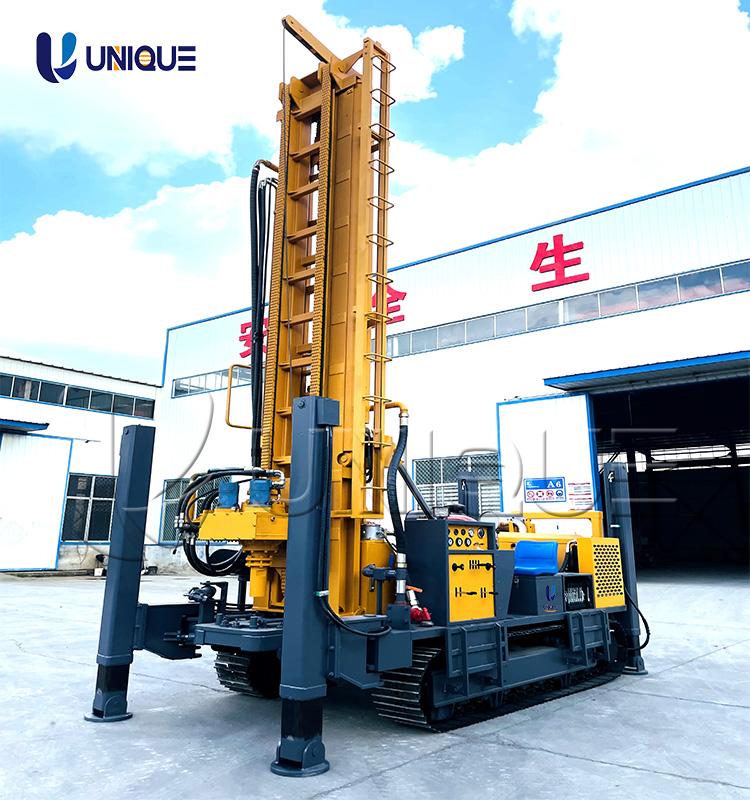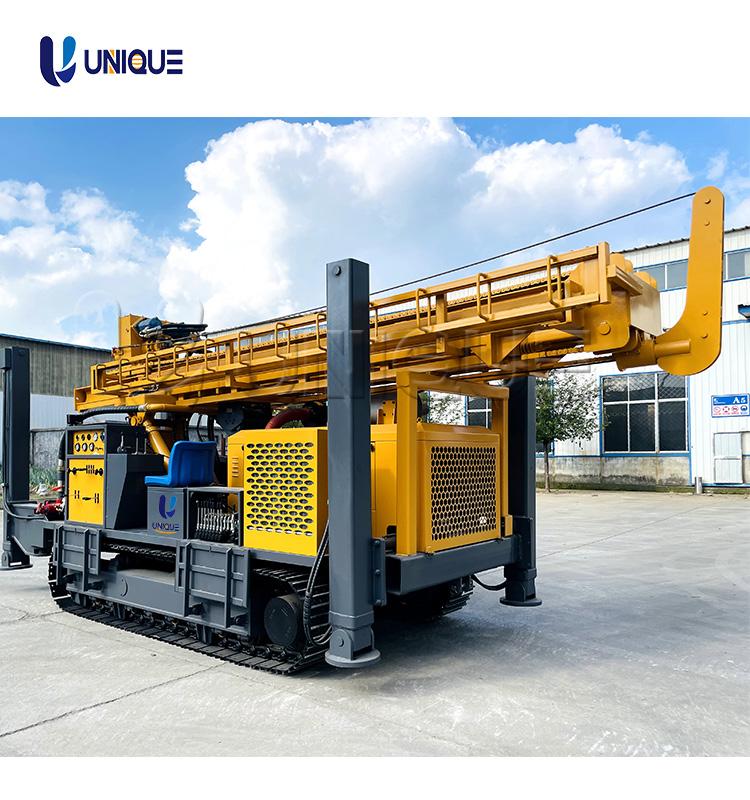Can a Broken Drill Pipe Be Repaired?

Coal mine drill pipes, as core consumables in coal mining, are indispensable components of coal mine drilling rigs. They are usually made of high-quality carbon steel and undertake the important task of transmitting composite loads such as torque, tension, compression, and bending during mining operations. Because of this, drill pipes are prone to fracture in high-intensity working environments, which has troubled many coal mining enterprises. So, can a broken drill pipe be repaired? The answer is yes, but it requires mastering scientific welding and repair methods. This article will detail the causes of drill pipe fractures and specific welding and repair techniques.
Common Causes of Drill Pipe Fractures
Drill pipe fractures are not accidental, and there are various factors behind them:
Load factors: During work, the drill pipe needs to continuously bear composite loads such as torque, tension, compression, and bending. Being in such a high-intensity stress state for a long time can easily lead to fatigue damage of the drill pipe, eventually causing fracture.
Material issues: If the material of the drill pipe does not meet the standards, with defects such as excessive impurities and unstable performance, it will greatly reduce its strength and toughness, increasing the risk of fracture.
Improper operation: During use, if the operator suddenly increases the load, allows the drill pipe to bend excessively, or subjects it to severe impact, it may directly cause the drill pipe to break.
Fatigue wear: After long-term use, the drill pipe will experience wear and corrosion. Over time, its performance gradually weakens, and eventually, it can no longer bear the working load and breaks.Drilling Equipment for sale
Selection of Welding Electrodes for Drill Pipe Welding and Repair
The joints and pipe of the drill pipe are made of medium-carbon low-alloy steel after adjustment treatment. Among them, the medium-carbon steel 42Crmo with higher carbon content has poor weldability. Some carbon in the base material will melt into the weld, increasing the hardening degree of the weld. Moreover, during the crystallization of the welding pool, there is a large tendency for segregation, which easily leads to hot cracks.
Therefore, when selecting welding electrodes, factors such as crack resistance, heat treatment performance, strength, shrinkage rate, impact toughness, and low-temperature performance should be comprehensively considered. Low-hydrogen electrodes with the same shrinkage rate and strength as the base material should be used. Before welding, the electrodes should be dried and then placed in an insulation bucket to prevent the electrodes from getting damp and affecting the welding quality.
Detailed Process of Drill Pipe Welding and Repair
Pre-welding preparation
Clean the broken part of the drill pipe to remove oil, rust, impurities, etc., on the surface to ensure that the welding part is clean and tidy.
Perform pre-welding preheating, with the preheating temperature controlled at 100-150℃. The preheating method can use flame heating. The preheating time is appropriately adjusted according to the size and material of the drill pipe, generally ensuring that the drill pipe is evenly heated.
Groove opening: The bottom width of the weld is not less than 5mm, and a V-shaped groove is opened. The groove angle is generally 60°-70° to ensure sufficient fusion during welding.
Welding operation
Complete the welding in 2-3 passes. The surface width of the weld is not less than 15mm, and the weld is micro-concave. If it is convex, the convex part should not exceed 1mm.
The weld toe should transition smoothly to the base material to reduce stress concentration. When using multi-layer welding, the previous weld pass can preheat the subsequent weld pass. This can reduce the quenching degree of the weld and heat-affected zone, improve the crack resistance of the welded joint, and at the same time reduce the temperature gradient between the welding zone and the welded workpiece, reduce welding stress and strain rate, which is conducive to avoiding crack formation.
During the welding process, it is forbidden to weld in a windy place or let a fan blow directly on the weld, as this will reduce the brittleness of the weld and prevent crack formation. Using carbon dioxide gas shielded welding can also achieve better results.
Precautions After Welding and Repair
Inspection work
Appearance inspection: After the welding and repair are completed, first observe the appearance of the weld to check for defects such as cracks, pores, and slag inclusions, and whether the size and shape of the weld meet the requirements.
Non-destructive testing: For important drill pipes, non-destructive testing methods such as ultrasonic testing and radiographic testing can be used to check for internal defects in the weld.Drilling Equipment for sale

Usage restrictions: Repaired drill pipes should be avoided in harsher working environments as much as possible. During use, the working load should be appropriately reduced, and the drill pipes should be regularly inspected and maintained to ensure their safe use.
Through the above methods, broken drill pipes can be effectively repaired by welding. However, it should be noted that welding and repair work has high technical requirements, and it is recommended to be operated by professional welders to ensure the quality of welding and repair. At the same time, in daily use, it is necessary to strengthen the maintenance and upkeep of drill pipes to reduce the occurrence of fractures.
- Information Technology
- Office Equipment and Supplies
- Cars and Trucks
- Persons
- Books and Authors
- Tutorials
- Art
- Causes
- Crafts
- Dance
- Drinks
- Film
- Fitness
- Food
- Jogos
- Gardening
- Health
- Início
- Literature
- Music
- Networking
- Outro
- Party
- Religion
- Shopping
- Sports
- Theater
- Wellness



